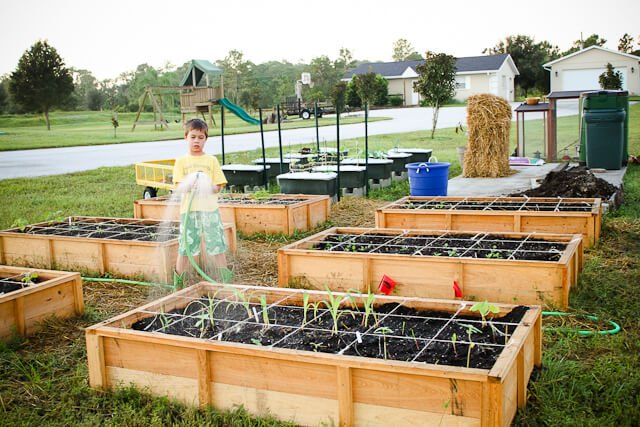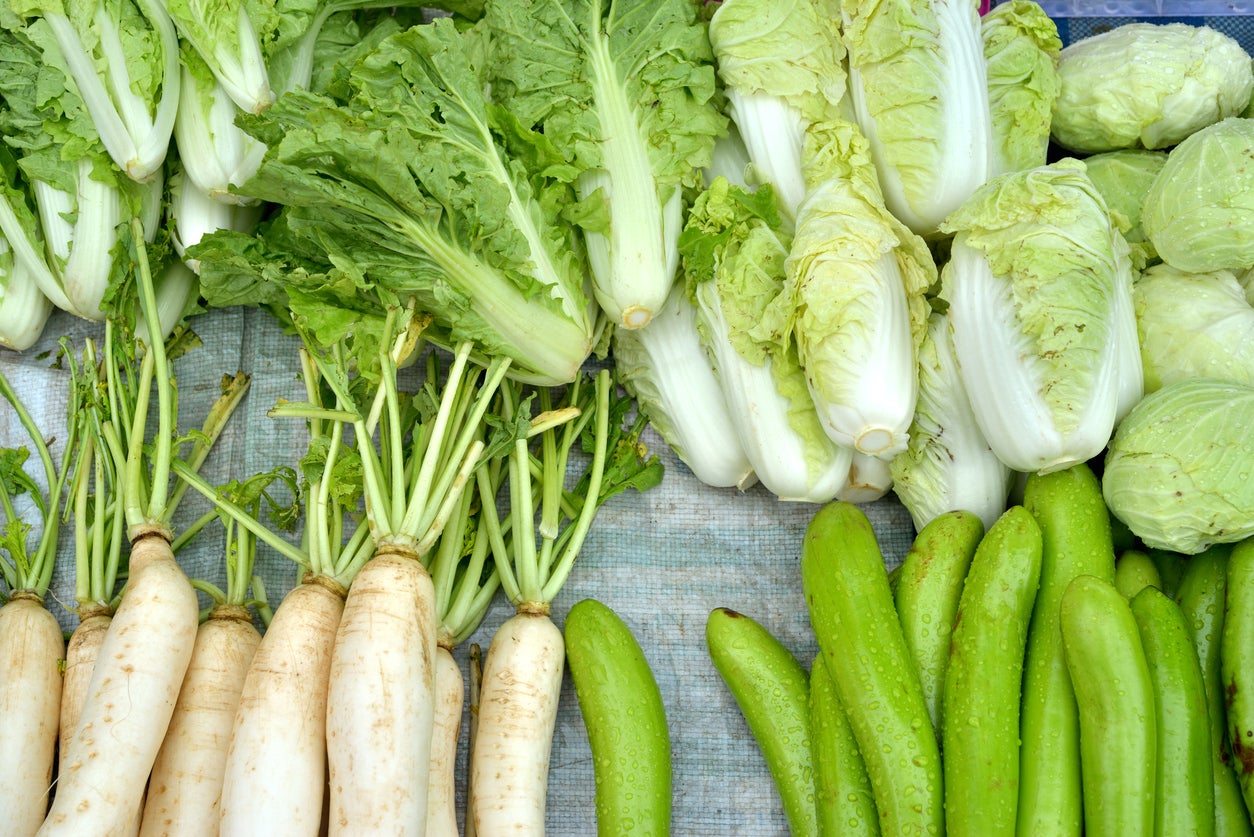Growing Asian Vegetable Gardens: Lessons from My Humble Harvests and Joys

Okay, let’s chat like two friends over coffee about growing Asian vegetables—a little adventure I stepped into not too long ago. Picture this: I’d been trying the usual tomatoes and lettuce for years, but something kept nudging me toward those crisp bok choy and funky-looking daikon radishes at the market. Turns out, growing them isn’t rocket science—it just has its own rhythm.

Here’s the scoop from someone who’s tripped up (and gotten back up) so you don’t have to!
Step 1: Pick Your Veggies Like You’d Pick a Show to Binge
When I first started, I grabbed seeds for everything shiny and interesting. Big mistake—some plants can be drama queens needing tons of special care. The secret? Stick with chill, dependable ones that settle in without throwing a fit.
- Bok Choy: This green buddies well with cooler temps and grows ridiculously fast—you could literally see it stretching in 30 days.
- Napa Cabbage: Ideal if you want salad or stir-fry staples without waiting forever—the plants love a cooler season like early spring or fall.
- Asian Eggplant: This one’s warm-weather loyal, so if you live somewhere mild with long summers, it’ll reward you.
- Daikon Radish: Root veggies can be intimidating but daikon is surprisingly tolerant. Plus—they grow huge! Mine ended up almost as big as my forearm.
- Snow Peas: Crunchy and sweet; perfect as an early sneaky snack while other veggies get settled.
If your summer feels more like a quick pit stop than a full-on heatwave, avoid heat-lovers like eggplants at first—they’re marathon runners that need a strong season.
Step 2: Love Your Soil Like It’s Your Favorite Blanket
Soil might sound boring compared to planting itself, but trust me—this is your garden’s backbone. My first napa cabbage sadly drowned in mud years ago because I ignored this step. Here’s how to avoid that heartbreak:
- Test your soil pH right away: Grab an inexpensive kit on Amazon or from a garden center (usually around $10-$15). You want something between 6.0 and 7.0—that sweet spot where these veggies say “thank you.”
- Add organic goodness: Compost is your best friend here—a half-inch layer stirred into the topsoil transformed my patch overnight.
- Check drainage: If puddles hang around after rain like they just came to party, mix in sand or perlite (even finds at garden stores).
- When in doubt—and if your budget allows—I built raised beds using cedar planks ($25-$40 each)—less soggy disasters ahead!
My friend made that raised bed switch after one soggy season; by next harvest she was bragging about healthy leaves thick enough to make her neighbors jealous.

Step 3: Timing Is Like Catching That Perfect Bus
Asian vegetables are sort of introverts—they hate rushing into glaring summer heat unprepared.
Here’s what worked best for me:
- Start seeds indoors 6–8 weeks before your last expected frost date—dust off that sunny windowsill or invest in small grow lights (you can snag affordable kits online for $20).
- When the world outside warms up nicely (and by nicely I mean no surprise frosts past), move them outdoors gently—not like tossing them out on day one.
- For fall treats like bok choy, direct sow about 6–8 weeks before the first frost hits so they mature while air cools down nicely.
An example? My neighbor initially tried direct sowing bok choy in late spring under full sun—it got overwhelmed by heat then shot up flowers really fast (aka bolted). Next go around she switched to starting indoors then transplanted when days were milder—such a happy difference!
Step 4: Watering & Mulching — The Secret Couple
Watering messed me up big time early on—either I'd forget entirely (cause life) or soak everything until roots looked like little sponges drowning.

Leaves tend to get bitter or spotty if they dry out even briefly—and fungal issues will slide in if things stay swampy.
Try this:
- Water deep twice a week if rain isn’t doing its thing; watch soil moisture—not just surface wetness.
- Straw mulch changed my world—it locks moisture under its cozy cover AND kicks weeds out of competition ROI (which drains both nutrients and morale).
I remember forgetting mulch on my eggplants one summer; soil would crack midday while I desperately watered daily—such wasted effort! Add some straw mulch next day? Boom—watering went down by half almost immediately.
Step 5: Keeping Pests From Throwing A Party
Pests often feel like ninjas attacking when you least expect it—but don’t panic yet because experience taught me there are low-stress answers!
What saved me:
- Regularly patrol your plants like you’re looking for hidden Easter eggs—not less than every three days so tiny invaders get caught early.
- A gentle insecticidal soap spray saved my bok choy from aphids last year; it’s safe, simple, and won’t make dinner taste weird later.
- For slowpokes bigger pests (looking at you caterpillars), handpick ‘em off patiently—you don’t have to wage war blindly!
I know someone who lost nearly all seedlings due to flea beetles before realizing what was going on — after starting regular sprays plus floating row covers she managed solid harvests next season without stress wrinkles.

Step 6: Harvest Time = Reward Time
You’ll know when things are ready because each veggie shows off differently—and it feels kind of magical holding those leafy greens fresh from soil warmth.
Here’s what I've learned tuning harvesting timing over seasons:
- Pick bok choy leaves from outside inward progressively—that way plants keep wanting more growth inside!
- Napa cabbage heads? Check firmness around day 70–90 post transplant but before their adorable tight heads burst open prematurely.
- Asian eggplants love glossy skins coated with shine—dull means “sorry buddy—I’m past my prime.”
Also – harvest earlier than perfect size sometimes saves the crop from late bruise-causing pests who show no manners near the end stage!
Common Oops And How To Fix Them Without Getting Frazzled:
Have yellow leaves? This usually meant I was watering randomly or not feeding these hungry plants regularly—I switched to weekly light doses of organic fertilizer during active growth with great results.

Bolting problem popping up? Quick temperature hikes may sneak attack any cool-season favorites…so I started planting my greens just before heat waves hit or added some shade cloth during scorching afternoons
Pest overload despite care? Try buddy planting herbs nearby—basil worked as ninja repellent around mine—or use floating row covers especially while seedlings toughen their armor against creepy crawlies.
What To Do Right Now While You’re Reading This?
Just grab two veggies from above (bok choy + daikon radish is basically my gardening comfort food team!) Then prep any corner of soil with some compost mixed in—even pots on balconies work wonders nowadays! If frost dates wait far away start seeds indoors ASAP—or head out mid-weekend hunting seedlings locally once frost fears dwindle where you live.
These simple steps paired with regular watering schedules plus mulching will turn beginner jitters into budding confidence faster than winter turns into spring!
And hey—if this feels overwhelming at times, remember everyone starts somewhere tricky...I felt clueless mostly last year but now I’m picking produce I brag about way too much! Reach out anytime—you’ve got a rooting friend here ☕🌿
Happy digging!



